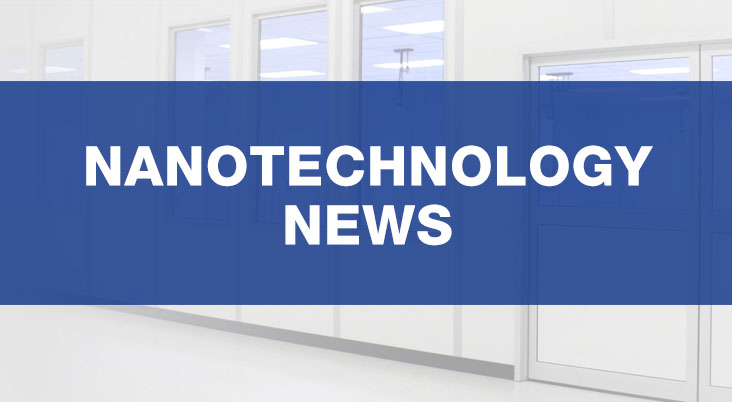
BIOTECH: Attention on Life Sciences, Health Care Applications Spur Industry
Venture funding in nanotechnology may have peaked in 2008, when a record $1.4 billion was poured into startups tinkering with a variety of applications by manipulating matter at the smallest of scales.
But the author of a recent report said nanotechnology, which saw investment dollars fall 42 percent worldwide last year to $792 million, will benefit from an increased attention on health care and life sciences applications.
“Venture capitalists are definitely smarter about this space than they were 10 years ago,” said Jurron Bradley, senior analyst with Lux Research and author of the December report titled “2009 Nanotech Venture Capital: Healthcare and Life Sciences Provide Life Support.”
“They’re really starting to focus on companies that have better returns. Historically, the health care and life sciences sector has had the best returns.”
San Diego, long known as a hub for small life sciences startups, could be well poised to capture some of the investment dollars, local analysts said.
“Health care is now flavor of the month again and has the benefit of years of progress in nanotechnology R&D, which gets ever closer to primetime,” said Adriana Vela, founder and CEO of the San Diego‐based nonprofit nanotech trade group NanoTecNexus. “Previously estranged VCs are coming around again.”
San Diego is home to dozens of nanotech‐related companies that produce nanomaterials, apply those materials to products such as solar firms and sensors, and sell products strengthened by the small‐scale engineering, Vela said.
Treating Cancer, Detecting Diseases
Already used to improve pharmaceutical formulations, nanotechnology is being tested as a more targeted way of treating cancer, as a technique for detecting bodily diseases through diagnostics, and as a tool used in DNA research. The small‐scale science involves the manipulation of matter on the nanoscale. A nanometer is one‐billionth of a meter, or one‐one‐hundred‐thousandth the thickness of human hair.
While venture funding has provided some support to the industry, Vela and others said federal agencies such as the National Institutes of Health are leading the charge. According to the Lux
report, venture capital funding contributed just 7 percent to the funding mix, with 93 percent coming from governments and corporations in 2008.
“While VCs have played a crucial role in providing investments for early‐stage companies and guiding them to exits, the reality is that VC funding has always been a small piece of the funding puzzle,” wrote Bradley.
Local Investments
Some of San Diego’s biggest companies, however, are investing in the space, either by allotting a portion of their budgets to nanotech research or by acquiring other companies or their technologies outright.
In December, Life Technologies Corp. of Carlsbad completed its purchase of BioTrove Inc., a Massachusetts‐based maker of high throughput gene expression and genotyping analysis systems, for an undisclosed amount.
Privately held BioTrove, spun out of technologies developed at the Massachusetts Institute of Technology and backed by a host of small, specialized venture capital firms, uses nanotechnology in its OpenArray system used for DNA research.
In January 2009, San Diego‐based Illumina Inc., which makes the gene expression chips used by personal genomics companies 23andMe Inc. of Mountain View and deCODE Genetics of Iceland, announced it would invest $18 million into Oxford Nanopore Technologies Ltd., a British company specializing in genetic sequencing systems.
Oxford Nanopore’s next‐generation sequencing system uses protein nanopores coupled with an enzyme, which allows researchers to identify DNA bases at the single‐molecule level without the need for fluorescent labels.
This, according to Illumina CEO Jay Flatley, helps eliminate the need for expensive optical devices and tedious sample preparation, all steps toward driving down the cost of genetic testing.
As the race for the $1,000 genome heats up, Flatley said faster, cheaper technologies will lead the way. Nanotech applications, such as Oxford Nanopore’s, have an immediate impact in reaching that goal.
“We think they have broadly locked up the entire intellectual property portfolio around nanotech sequencing,” he said.


Recent Comments